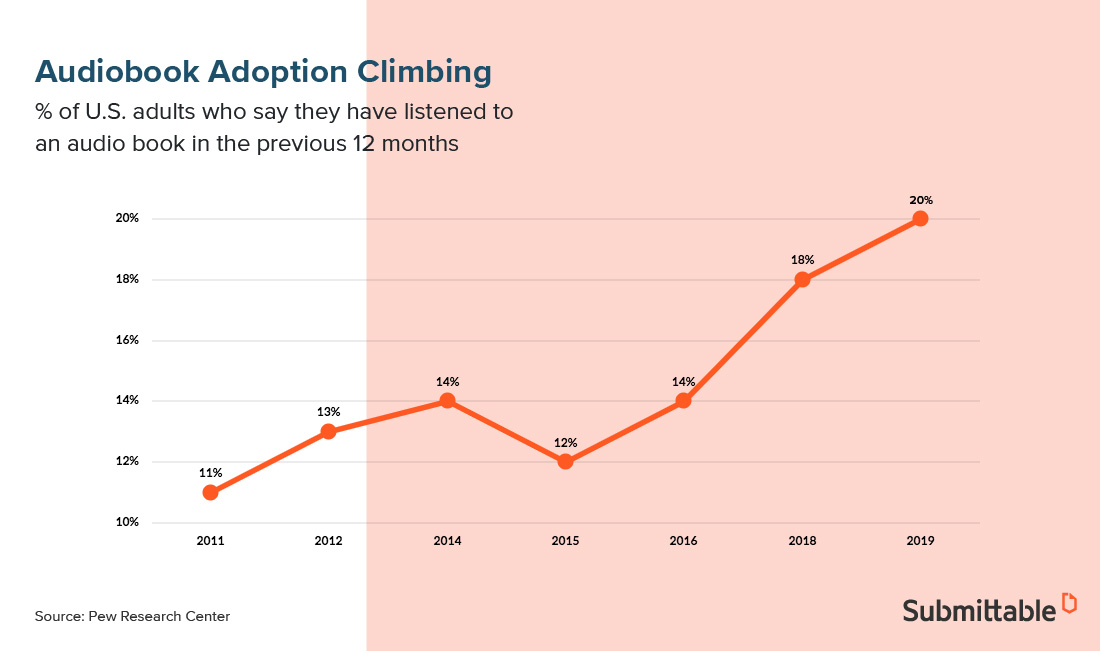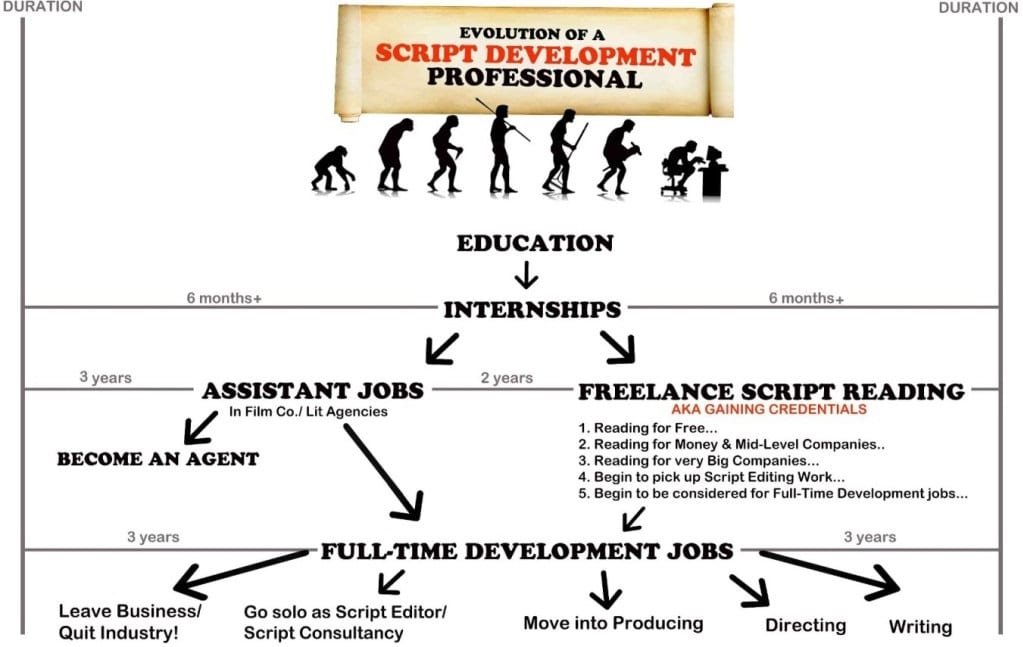In the rapidly evolving digital landscape, the publishing industry is undergoing a significant transformation. As technology continues to reshape the way we consume information, publishers face new challenges and opportunities. To navigate this changing face of the publishing industry, it is essential to understand the key trends and adapt your strategies accordingly. In this blog post, we will explore some valuable insights and practical tips to help you thrive in this dynamic environment.
1. Embrace the Digital Shift:
With the rise of e-books, audiobooks, and online platforms, digital publishing has become a game-changer. To stay relevant and reach a wider audience, it is crucial to incorporate digital formats into your publishing strategy. Consider optimizing your content for e-readers, tablets, and smartphones, ensuring a seamless reading experience across various devices.
2. Explore Self-publishing Options:
Self-publishing has emerged as a viable avenue for writers to share their work directly with readers. Platforms like Amazon Kindle Direct Publishing (KDP) and Smashwords make it easier than ever to publish and distribute books independently. By self-publishing, authors can retain greater control over their work, royalties, and marketing efforts.
3. Leverage Social Media and Influencer Marketing:
In the age of social media, building an online presence is vital for authors and publishers alike. Engage with your audience by sharing insightful content, behind-the-scenes glimpses, and interactive discussions. Collaborate with influencers and book reviewers to gain broader exposure. Consider running targeted ads on platforms where your audience is most active.
4. Emphasize Diverse and Inclusive Content:
Today’s readers seek diversity and inclusivity in the books they consume. Publishers should proactively promote and publish content that represents a wide range of perspectives, experiences, and voices. Embrace diverse authors, characters, and stories to connect with a larger audience and provide readers with more authentic and relatable narratives.
5. Harness the Power of Data:
Data analytics and market research can provide deep insights into reader preferences, trends, and purchasing behavior. Utilize tools like Google Analytics, social media analytics, and sales dashboards to understand your audience better and tailor your content accordingly. This data-driven approach can help you make informed decisions about acquisitions, marketing campaigns, and content creation.
6. Collaborate with Hybrid Publishing Models:
Hybrid publishing models combine traditional publishing with elements of self-publishing. Many hybrid publishers offer services like editing, cover design, and distribution, while still allowing authors to maintain certain rights and control over their work. Collaborating with hybrid publishers can provide a middle ground between traditional publishing and total self-publishing, offering authors more support and publishing expertise.
7. Invest in Professional Editing and Design:
In a crowded market, high-quality editing and design can make a significant difference in attracting readers and establishing credibility. Invest in professional editing services to polish your manuscripts, ensuring error-free and engaging content. Similarly, enlist the help of experienced designers to create captivating book covers and interior layouts that stand out in a digital or physical bookstore.
8. Keep Up with Industry Innovations:
The publishing industry continues to evolve with advancements in technology and reader preferences. Stay up to date with industry news, attend conferences, and join relevant communities to foster connections and learn about emerging trends. By embracing new technologies and adopting innovative marketing strategies, you can stay ahead of the curve and adapt to changing reader demands.
As the publishing industry undergoes profound transformations, it is essential to navigate the changing landscape with agility and creativity. By embracing digital publishing, leveraging social media, prioritizing diversity, harnessing data, collaborating with hybrid models, investing in quality, and staying informed about industry innovations, you can position yourself for success in the dynamic publishing industry of the future.











